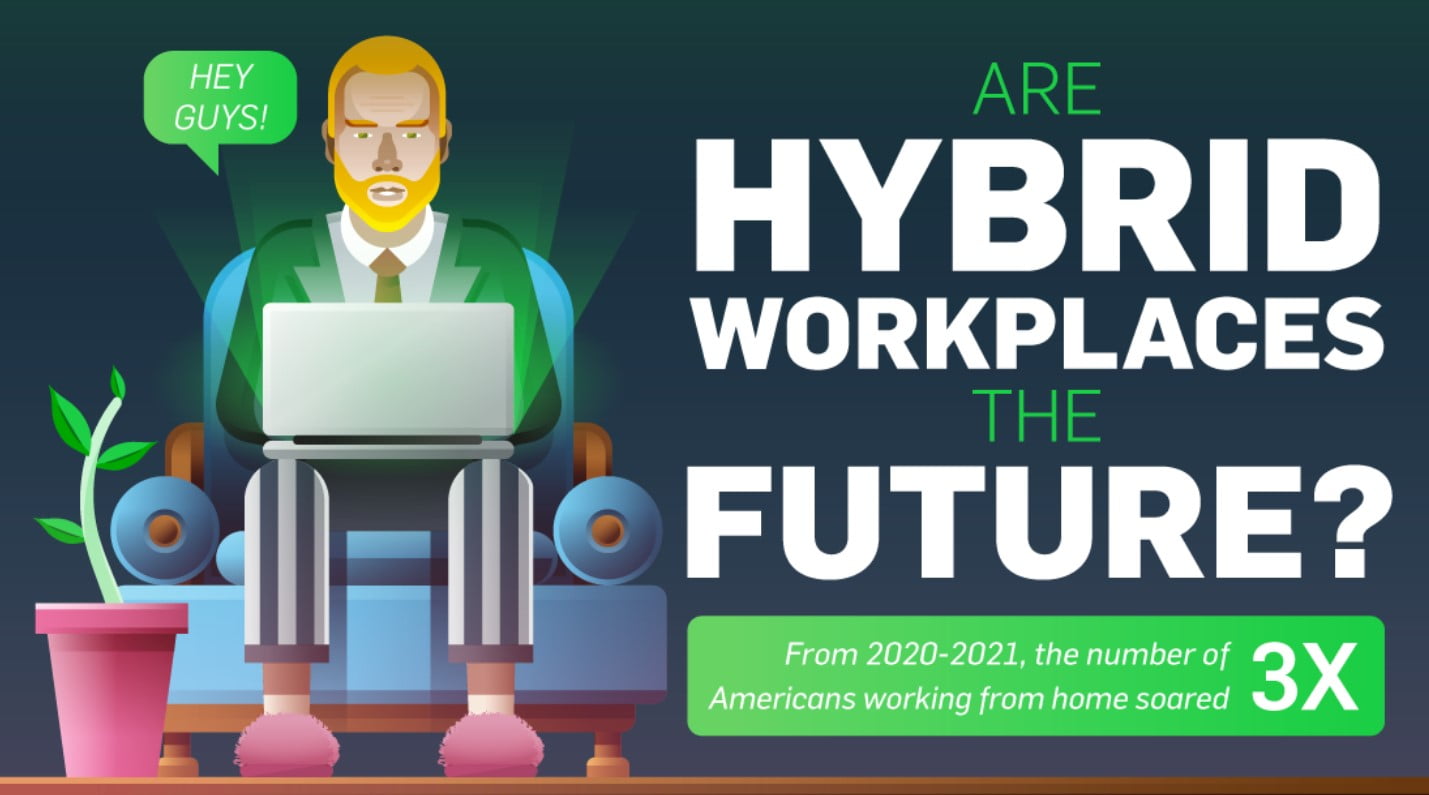The COVID-19 pandemic launched a work from home revolution in ways previously thought impossible. When the disease reached American shores, 95% of office workers transitioned to remote work for at least part of the time. After an extended trial period, 97% now say they prefer working remotely. 7 in 10 expect remote work to become standard going forward, and a full third of workers would take a pay cut of up to 20% to continue working from home. A mere 2 years ago, these results would have sounded like lunacy.
Q2 2021 hedge fund letters, conferences and more
The Future Of Workplaces
What do businesses think? As it turns out, they’re open to the idea. One thing the pandemic has taught American workplaces is the value of flexibility. As Carol Cochran of Flexjobs puts it, “trusting in and empowering your employees to work in a responsible and professional way, while allowing them the freedom and flexibility to handle all the big and little things that life throws at us, creates a high level of morale, pride, and loyalty.” Moral, pride, and loyalty may seem intangible, but they have a real impact on a company’s bottom line. Flexible employers save up to $11,000 per worker when they allow workers to be remote part of the time. Not only do they save on office costs, but employee turnover drops while productivity increases.
Despite the enthusiasm for remote work, it can’t be applied in all situations. Only 37% of all American jobs can be done entirely from home. Hybrid work allows employees to go into the office for necessary tasks while still enjoying the perks of working from home at other times. As mentioned, mobility improves productivity and work habits. Employees feel empowered to make decisions and have better control over their work/life balance. Companies across the board are rushing to embrace hybrid models.
What should a hybrid work model look like? What is the correct ratio of in person to remote time? There’s no one right answer. Every company is different. Yet whether a company schedules in-person days or leaves it open to employees, whether they expect all employees to be office occasional or only demands their leaders’ physical presence, the most important consideration is employee desires. Open, honest communication ensures employees receive the work environment that’s best for them. Businesses should create a workplace that allows their employees to thrive.
The future has come. Physical and digital workplaces have merged together.
Infographic source: TrackTime24.com














